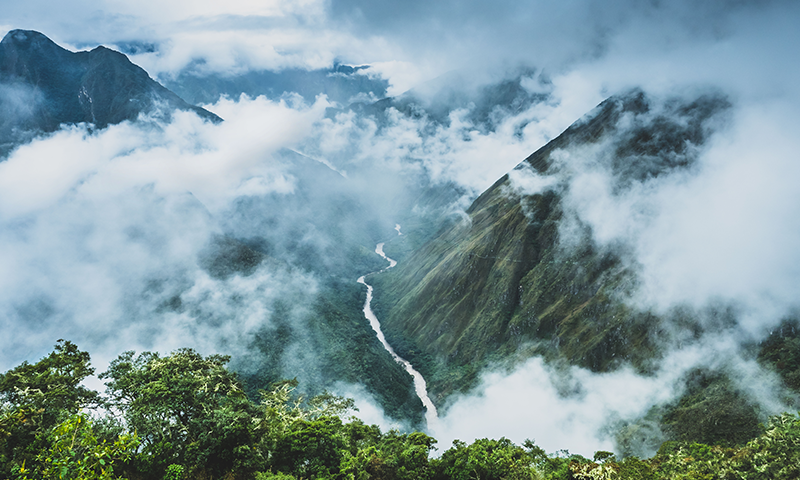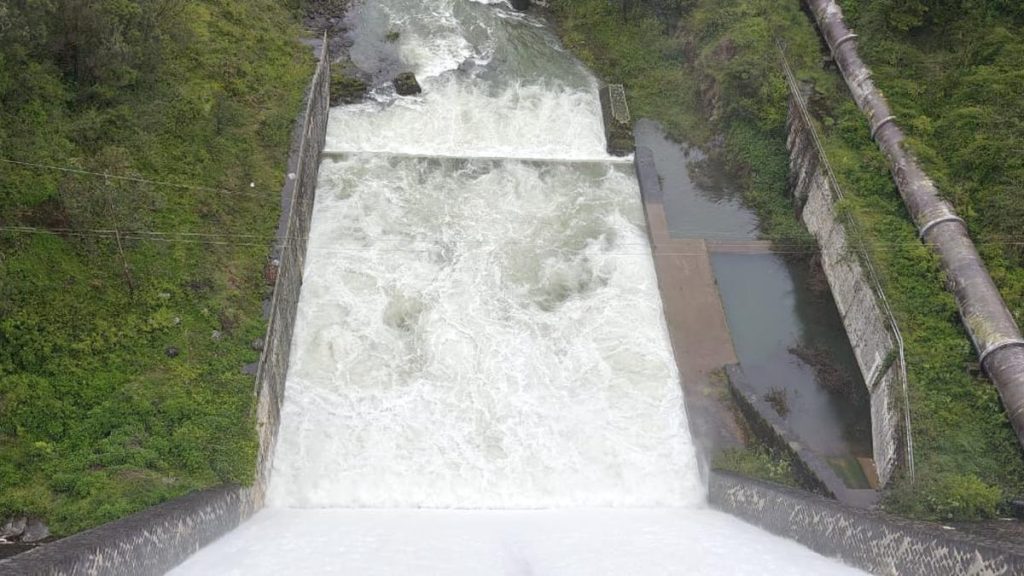Now Reading: The Mystery of the Cloud Forest That Defies Nature
-
01
The Mystery of the Cloud Forest That Defies Nature
The Mystery of the Cloud Forest That Defies Nature

Speedy Summary:
- Cloud Forest Characteristics: Cloud forests form at altitudes between 3,000 and 8,000 feet. They are cooler than rainforests, with high biodiversity and unique ecological systems that support condensation and water retention. They account for less than 0.5% of Earth’s land but host approximately 15% of known species.
- Environmental Threats: As the early 21st century,andean cloud forests have faced deforestation due to mining,logging,farming,and construction activities. Between 2001-2018,global cloud forest loss reached over 2%,with Ecuador’s Andes losing up to 8%. Open-pit mining is notably destructive in these areas.
- Los cedros Reserve Background: Located in Ecuador’s Imbabura Province within the Toisán Andes range, Los Cedros is among the world’s richest cloud forests with unique flora (e.g., Dracula orchids) and fauna (e.g., jaguarundis). It is possibly a climate refuge for ecosystems existing uninterrupted for over a million years. In recent years it was threatened by a gold/copper mining concession granted to Canada’s Cornerstone Capital resources & Ecuador’s state mining agency ENAMI in its lower third.
- Judicial Milestone (2021): The Constitutional Court of Ecuador ruled on Nov.10 that granting mining rights to Los Cedros violated constitutional “Rights of Nature.” This landmark ruling prioritized environmental conservation over economic ventures-forcing mining operations out swiftly.
Indian opinion Analysis:
The recognition of nature’s legal rights represents an important precedent internationally for environmental jurisprudence-pioneering frameworks that view ecosystems as rights-bearing entities rather than exploitable resources alone. Given India’s complex interplay between economic growth needs and ecological preservation challenges (such as threats facing Himalayan regions), adopting insights from such progressive cases could strengthen Indian judicial approaches toward conserving ecologically valuable territories without undermining community livelihoods or heritage ties nearby natural zones.

























